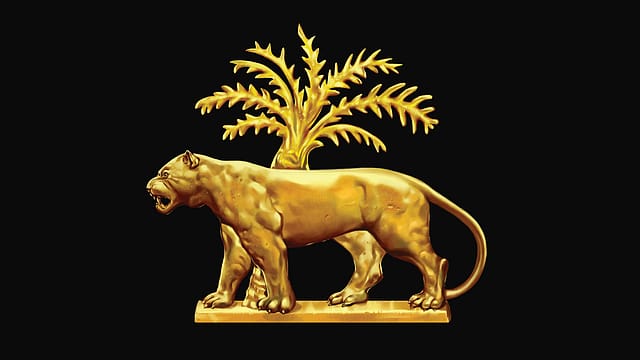The tale of India’s interest rates
ADVERTISEMENT

Through the 128 occasions, between April 27, 2001 to May 22, 2020; when the Reserve Bank of India (RBI) took policy actions, the repo rate has seen an absolute decline of 5%—from 9.00% to 4.00%. Similarly, the reverse repo has seen an absolute decline of 3.40% since inception—from 6.75% to 3.35%.
For the record, both repo and reverse repo rate are liquidity management tools for the central bank where repo rate works out to be the rate at which scheduled commercial banks borrow from RBI, while the banks can park their surplus liquidity with RBI, where the central bank pays them at the reverse repo rate.
The latest decline of 0.4% or 40 basis points (100 basis points make a percent) came on May 22, as RBI’s monetary policy measure to help the economy tide over the Covid-19 pandemic crisis. RBI’s fight with Covid-19 began on March 27 this year, when the repo rate was brought down by a huge 0.75%, or 75 basis points from 5.15%, altered on October 4 last year, to 4.40%.
December 2025
The annual Fortune 500 India list, the definitive compendium of corporate performance, is out. This year, the cumulative revenue of the Fortune 500 India companies has breached $2 trillion for the first time. Plus, find out which are the Best B-schools in India.
The reverse repo rate, which stood at 4.90% on October 4, was reduced by a wider margin of 0.9%, or 90 basis points, to 4.00% on March 27. The RBI said it was to make lending attractive for banks instead of parking surplus liquidity with the central bank.
On April 17, when RBI governor Shaktikanta Das announced his second set of measures to tackle the Covid-19 pandemic, the repo rate was kept unchanged at 4.40%, while the reverse repo rate was cut by 0.25%, or 25 basis points to 3.75%. And, with the May 22 off-schedule monetary policy action of 0.40% repo rate cut, the reverse repo rate stands reduced to 3.35%.
Over the 20 years, since the inception of repo and reverse repo rates, the corridor—difference between repo and reverse repo—has varied in the range of 0.25% to 3.00%. Interestingly, the reverse repo rate had been static at 6.00% since July 25, 2006 over 26 policy action occasions until December 8, 2008 when a 1% cut brought the reverse repo rate to 5.00%. In the same period, the repo rate oscillated between 6.50% and 9.00%.
